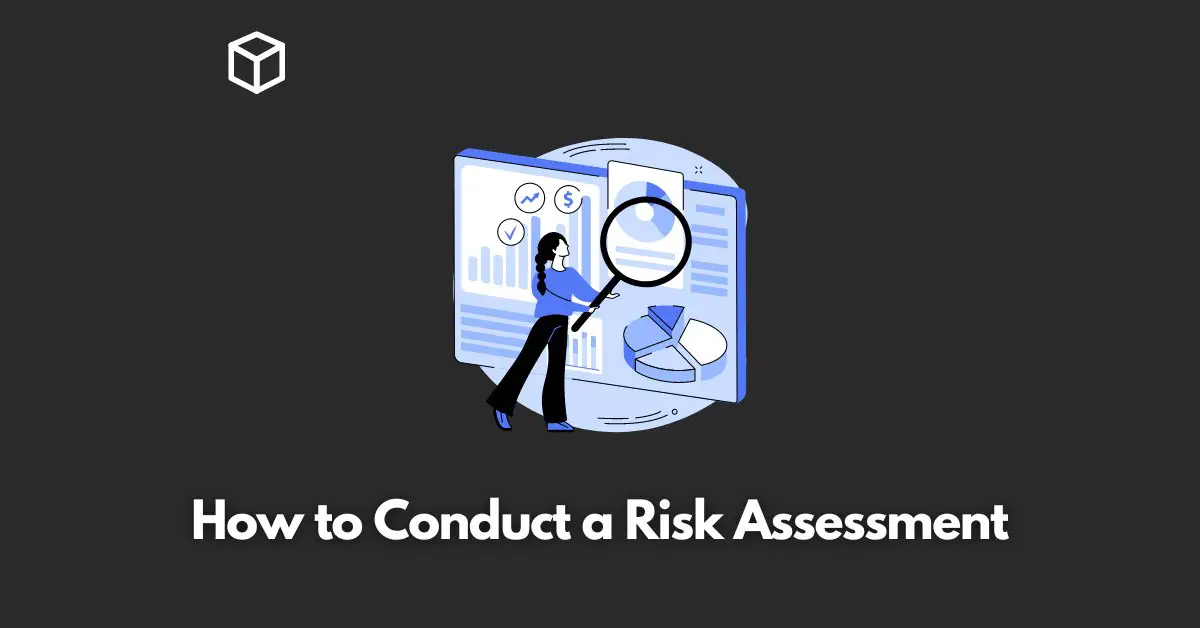Risk assessment is the process of identifying and evaluating potential hazards that could negatively impact an organization.
It is a crucial step in ensuring the safety and well-being of employees, customers, and the community at large.
In this article, we will explore the importance of conducting a risk assessment and the different steps involved in the process.
Identifying Hazards
The first step in conducting a risk assessment is identifying potential hazards.
There are several methods that can be used to identify hazards, including brainstorming sessions, inspections, and reviewing incident reports.
Some examples of hazards that should be considered include fire, chemical spills, natural disasters, and workplace violence.
It’s important to involve employees, customers, and other stakeholders in the identification process as they may have valuable insights and perspectives.
Analyzing Risks
Once hazards have been identified, the next step is to analyze the risks associated with each hazard.
This involves determining the likelihood of the hazard occurring and the potential impact it could have on the organization.
It’s also important to assess the controls that are currently in place to mitigate the risks.
It can include things like fire alarms, emergency evacuation plans, and chemical spill response plans.
Based on the likelihood and potential impact of the hazards, risks should be prioritized.
It will help the organization to focus on the most pressing risks first and allocate resources accordingly.
Developing a Plan of Action
Once the risks have been analyzed and prioritized, a plan of action should be developed to mitigate or eliminate the identified risks.
This can include implementing new controls or procedures, updating existing controls, or purchasing new equipment.
It’s important to assign responsibility for implementing the plan and to establish a timeline for completion.
This will help to ensure that the plan is implemented in a timely manner and that progress can be tracked.
Implementing and Monitoring the Plan
The next step is to take action to address the identified risks.
It can include things like installing fire alarms, conducting emergency evacuation drills, and training employees on chemical spill response procedures.
It’s important to continuously monitor the effectiveness of the plan to ensure that it is working as intended.
This can include things like conducting regular safety inspections and reviewing incident reports. If any adjustments are needed, they should be made as soon as possible.
Communicating the Results
The results of the risk assessment should be shared with relevant stakeholders, including employees, customers, and the community.
This can help to ensure that everyone is aware of the risks and the steps that are being taken to mitigate them.
It’s also important to provide training and education as needed to ensure that employees are prepared to respond to emergency situations.
The plan should be incorporated into ongoing operations to ensure that it remains an active part of the organization’s safety and security efforts.
Conclusion
Conducting a risk assessment is an essential step in ensuring the safety and well-being of an organization.
By identifying hazards, analyzing risks, developing a plan of action, and continuously monitoring the effectiveness of the plan, organizations can take proactive steps to mitigate or eliminate potential risks.
Regular risk assessments should be conducted to ensure that the organization remains prepared for any potential hazards that may arise.




